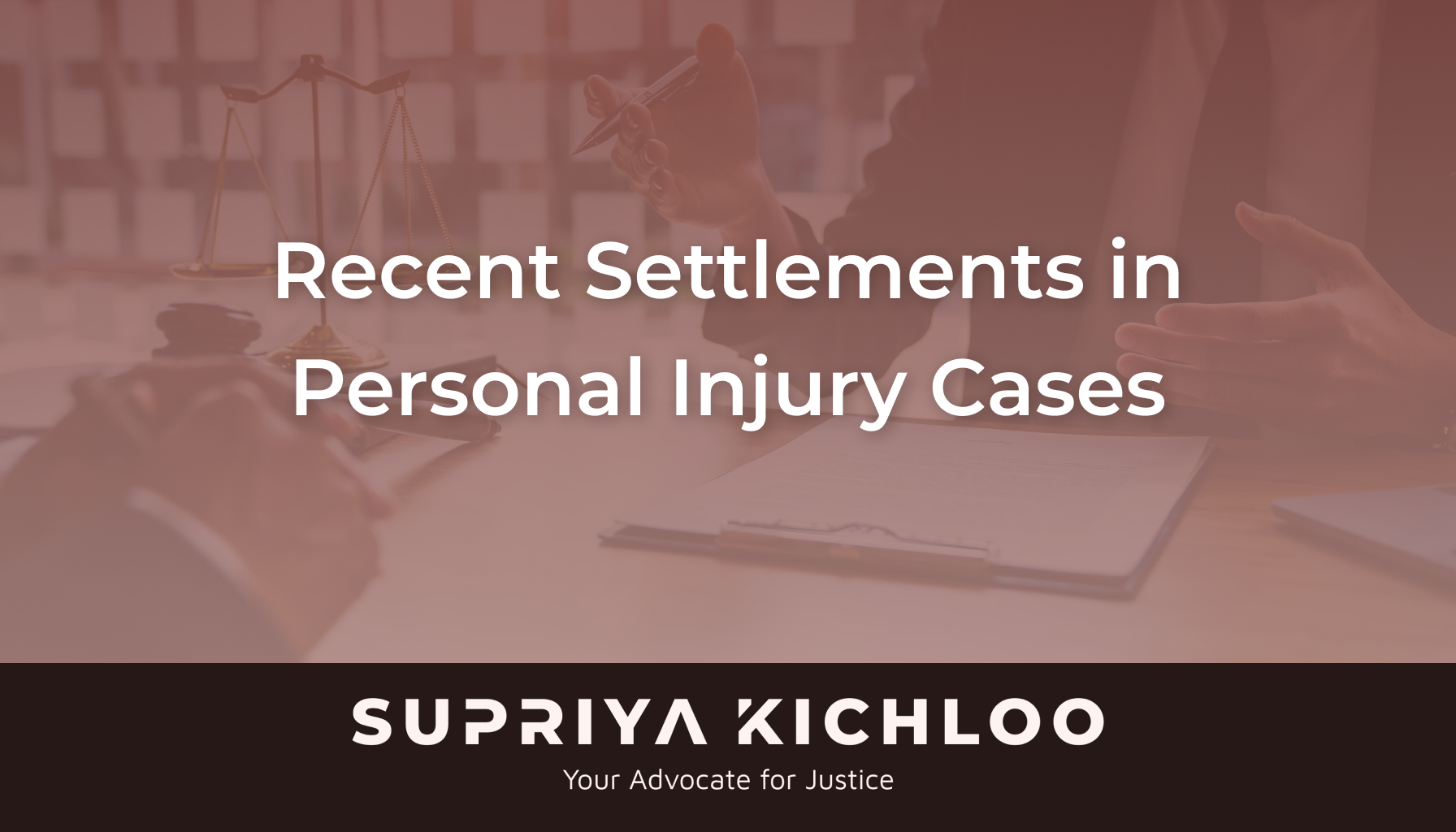In the bustling metropolis of New York City, navigating a personal injury case can be a complex journey. From seeking medical care to achieving a final judgment, each step of the process requires careful attention and strategic planning. Today, we will delve into the intricacies of how a personal injury case progresses in the heart of the Big Apple.
The Timeline of a Personal Injury Case in New York
Getting Medical Care
Following an injury, seeking medical care is paramount. Your health and well-being should always be the top priority. Depending on the severity of your injuries, treatment could be quick or lengthy and ongoing. During the course of your treatment, be sure to document all injuries and treatments thoroughly. Ask your doctor for your medical records, as this documentation will serve as crucial evidence in your case.
Approximate Timing—Seek medical care immediately after the injury occurs.
Contact a Lawyer
After addressing your medical needs, the next step is to contact a personal injury lawyer. A skilled attorney specializing in personal injury cases can provide invaluable guidance and representation throughout the legal process. They will assess the merits of your case and advise you on the best course of action.
Approximate Timing—It is much better to retain a lawyer as soon as possible, as they will greatly assist with all of the following steps.
Attorney Investigates
Once retained, your attorney will investigate the circumstances surrounding your injury. They may gather evidence, interview witnesses, and assess liability and damages. Thorough preparation during this stage lays the groundwork for a strong case.
Approximate Timing—The investigation may go on for weeks to months, depending on the case’s complexity.
Mediation and Negotiations
Many personal injury cases in New York City are resolved through mediation or negotiated settlements. During mediation, a neutral third party facilitates discussions between the parties to reach a mutually acceptable resolution. Negotiations may occur at any stage of the process, with both sides striving to reach a fair settlement without going to trial.
Approximate Timing—Negotiations can begin as soon as your attorney feels they’ve gathered enough evidence to accurately assess the value of your case. Cases can settle quickly or negotiations can last right up until trial.
File Summons and Complaint
With sufficient evidence gathered, your attorney will file a summons and complaint with the appropriate court. This legal document formally initiates the lawsuit and notifies the defendant of the allegations against them. The defendant then has 30 days to respond to the complaint.
Approximate Timing—Within a few months of initiating the investigation, though timelines can vary.
The Discovery Process
During the discovery process, both parties exchange relevant information and evidence related to the case. This may include documents, witness statements, and expert opinions. Discovery allows each side to evaluate the strengths and weaknesses of the opposing party’s arguments.
Approximate Timing—Several months to a year, depending on the complexity of the case and extent of discovery requests.
Depositions
Depositions are part of the discovery process, and they involve sworn testimony taken from witnesses, parties, and experts under oath. These sessions occur outside of court and are typically conducted by attorneys. Depositions serve to clarify facts, assess credibility, and gather additional evidence for trial preparation.
Approximate Timing—Depositions typically happen about five months to a year after the lawsuit is filed. They can be scheduled throughout the discovery process, spanning several months.
Trial
If a settlement cannot be reached, the case proceeds to trial. First, the judge will put your case on the trial calendar. You’ll have to wait for your trial date, but while waiting, your lawyer can continue to negotiate and try to settle the case. There may be some in-court conferences or status updates during this time.
If the case goes to trial, both parties present evidence, call witnesses, and argue before a judge and jury. The trial process can be lengthy and requires meticulous preparation by legal counsel.
Approximate Timing—Trials typically begin 12 to 30 months after the accident.
Final Judgment: Verdict of the Jury
Following the trial, the jury deliberates and delivers a verdict based on the evidence presented. The judge or jury then issues a verdict, determining the outcome of the case. If you win, your award may include compensation for damages, including medical expenses, lost wages, and pain and suffering.
Approximate Timing—Verdicts are delivered at the conclusion of the trial, though deliberation times can vary.
Navigating a personal injury case in New York City requires patience, perseverance, and the expertise of a skilled legal team. While the process can sometimes be complex and time-consuming, obtaining fair compensation for your injuries is achievable with diligent preparation and strategic advocacy.
Remember, every case is unique, and timelines may vary significantly based on individual circumstances. By understanding the steps involved and seeking experienced legal representation, you can navigate the legal landscape with confidence and pursue the justice you deserve.
Understanding each stage helps you prepare for the journey ahead. If you’re considering pursuing a personal injury claim, it’s important to have an experienced attorney by your side. I can help you understand the process, walk you through every step, and fight to get you the compensation you need.
For a detailed discussion about your specific case, contact me at 480-381-1015 for expert guidance and support.

